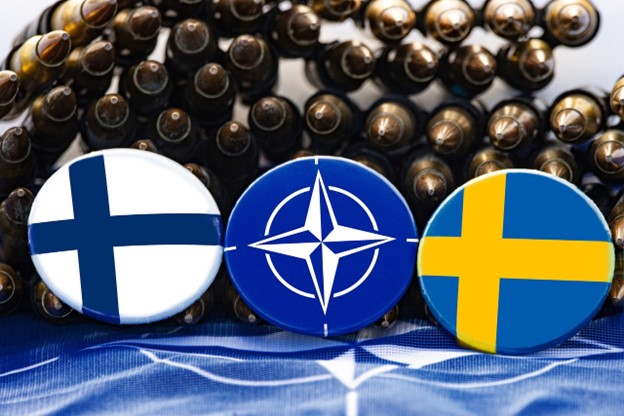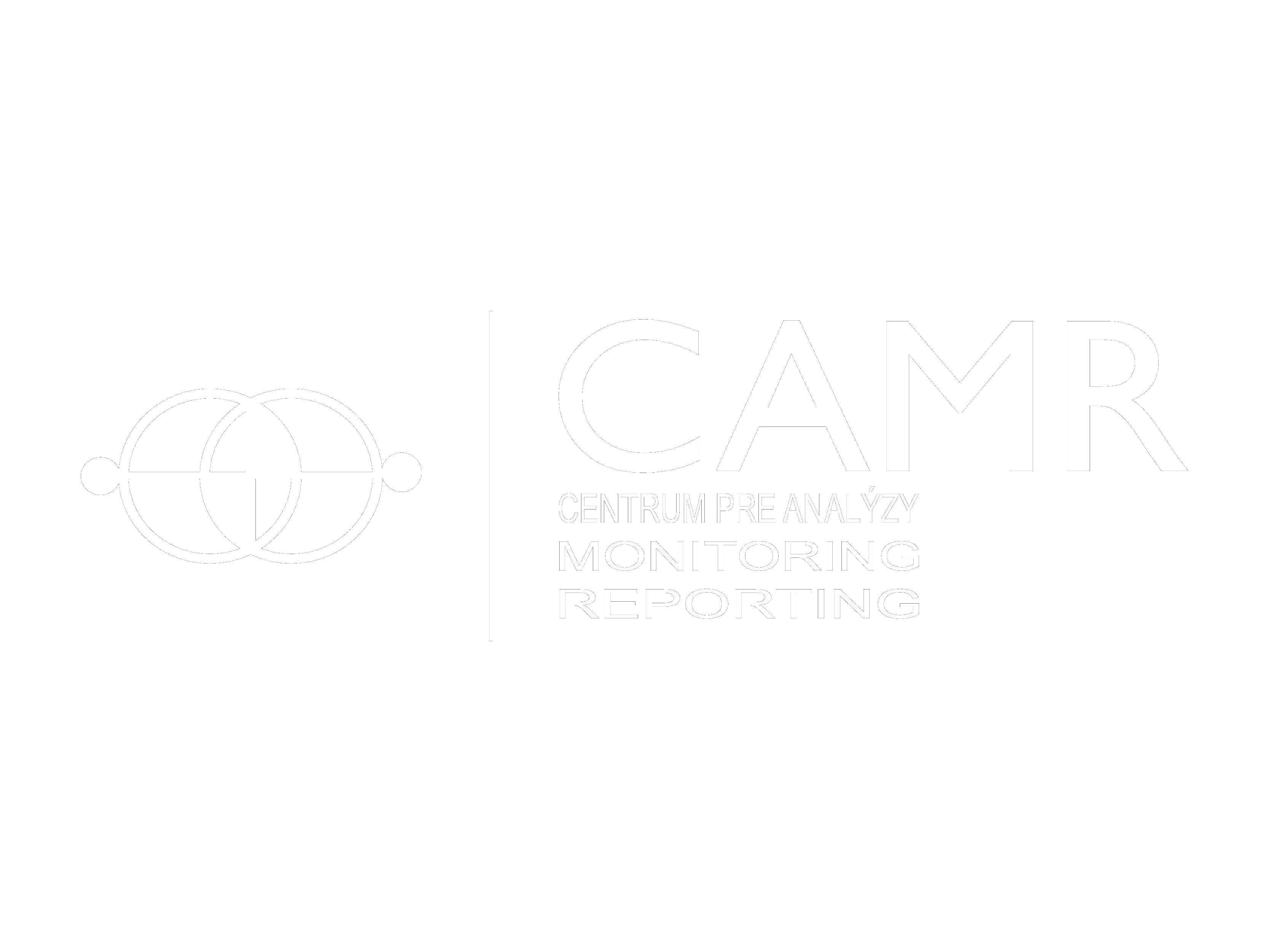Introduction
In response to Russia’s invasion of Ukraine, both Finland and Sweden submitted their applications to join NATO on May 18, 2022, supported by significant societal debates and strong parliamentary majorities. Subsequently, at the Madrid Summit on June 29, 2022, NATO Heads of State and Government extended invitations to both countries to join the Alliance. After comprehensive accession talks, the accession protocols for Finland and Sweden were signed on July 5, 2022.
Finland officially became a NATO member on April 4, 2023, marking 74 years since the signing of the North Atlantic Treaty that established NATO. This historic moment saw the Finnish flag raised simultaneously at NATO headquarters in Brussels, SHAPE in Mons, and the JFC-NF headquarters in Norfolk, Virginia, accompanied by the Finnish national anthem.
However, Sweden’s membership in NATO is pending final ratifications from Hungary and Turkey. The votes for these ratifications are scheduled for late 2023.
The accession of these two countries into NATO carries significant implications. This short paper will delve into the specific ramifications and impacts resulting from Finland and Sweden’s membership within the Alliance (Chatterjee, 2023).
Finland
Impact on Regional Security Dynamics
Finland’s recent NATO membership marks a significant shift in Europe’s regional security landscape. Previously, the Baltic states were linked to NATO through a small 65km border between Poland and Lithuania. However, with Finland’s inclusion, the proximity of Helsinki to Tallinn, only 70km apart, significantly eases NATO’s access to the Baltic states via maritime routes, altering regional defense dynamics.
The integration of Finland into NATO enhances the logistical ease of supplying the Baltic states. This development not only streamlines potential supply chains but also carries strategic implications, influencing territorial control in regions like St. Petersburg and Kaliningrad, thereby making it possible to block Russia’s Baltic access (Ojanen, 2022).
Arctic Dynamics and Proximity to Russia’s Northern Fleet
Despite lacking direct Arctic access, Finland’s expertise in ice-breaker design holds significance. This proficiency could potentially impact Russia’s dominance in ice-breaker usage and production, reshaping the geopolitical dynamics of the Arctic.
Geographically close to Russia’s Northern Fleet stationed in the Kola Peninsula, Finland’s border proximity raises concerns for Russia. This strategic positioning of Russia’s fleet, equipped with missiles and nuclear-armed submarines, signifies preparedness for potential NATO conflicts and complicates regional security dynamics. Russia does not want NATO to have a reach in this area (Mellen, Moriarty, & Ledur, 2023).
Russia’s Reaction and Potential Ramifications
Helsinki’s plans to exceed the 2 percent military spending threshold angers Russia. This signals NATO’s extended presence and the likelihood of troop stationing in Finnish territories, intensifying Russian concerns about increased NATO proximity. Finland’s accession would also mean that Russia now has more borders along which they need to station troops, and more fronts in a potential war against NATO (O’Dwyer, 2023). This whole situation could lead to future attempts from Russia to destabilize Finland.
Sweden
Sweden’s Military Strength: The Gripen Factor
Sweden’s potential NATO accession brings to the alliance a robust Air Force known for its competitive Saab JAS 39 Gripen fighter aircraft. This addition significantly enhances NATO’s military capabilities on an international scale (Jakes, 2023).
Transforming the Baltic Seascape
Sweden’s potential accession to NATO following Finland’s membership would significantly alter the Baltic Sea’s strategic landscape, potentially transforming it into a „NATO Lake.“
Russia has strategic access to the Baltic Sea through three significant points: the Gulf of Finland, which could now be blocked more readily with Finland in NATO; Kaliningrad, which might potentially be blocked with Sweden’s potential NATO membership by controlling Sweden’s Gotland Island; and Gotland Island itself, which could serve as a substantial fortress and a major NATO troop deployment site. This scenario hints at potential NATO dominance in the Baltic region. Moreover, NATO’s access through Turkey to the Bosporus and the Dardanelles raises the possibility of blocking Russia from its primary and crucial sea access routes (Mellen, Moriarty, & Ledur, 2023).
NATO’s Control and Arctic Significance
Sweden’s Arctic significance parallels Finland’s importance in the region. As the Arctic ice melts, the region gains geopolitical significance due to its potential for resource exploitation, particularly minerals and energy. China’s plan to establish a Polar Silk Road via the Northern Sea Route underlines this increasing global interest (Sharma, 2021). If Sweden joins NATO, it will mean that seven out of the eight Arctic nations are NATO members, significantly enhancing NATO’s proximity and accessibility. Considering Russia’s current control over slightly more than half of the Arctic, this shift in regional alignment holds substantial implications.
Conclusion
In summary, the inclusion of Finland and Sweden within NATO stands as a pivotal reinforcement of Baltic regional defense. Their membership not only fortifies the region’s security across air, land, and sea domains but also acts as a cohesive deterrent against any potential Russian incursions or bold actions.
This integration profoundly strengthens NATO, potentially reshaping Russia’s strategic calculations, particularly concerning its engagements in Ukraine. The extension of NATO’s territorial reach into the North-East of Europe through these memberships provides the alliance with additional strategic routes and enhanced operational capabilities, serving as advantageous assets in hypothetical conflicts.
The cumulative effect is a heightened sense of pressure in the region, potentially instilling a sense of caution and concern within Russia. The expanded NATO presence, coupled with increased strategic leverage, may prompt a more restrained approach from Russia, considering the broader implications and stakes involved in regional dynamics.
Author: Rron Dragidella
Bibliography
Chatterjee, P. (2023, July). How Sweden and Finland went from neutral to Nato. BBC News. Retrieved November 18, 2023, from https://www.bbc.com/news/world-europe-61397478
Jakes, L. (2023, October 6). Stockholm Offers Fighter Jets for Ukraine if Sweden is Allowed to Join NATO. The New York Times. Retrieved November 18, 2023, from https://www.nytimes.com/2023/10/06/world/europe/sweden-ukraine-military-nato.html
Mellen, R., Moriarty, D., & Ledur, J. (2023, July 11). Four maps explain how Sweden and Finland could alter NATO’s security. The Washington Post. Retrieved November 18, 2023, from https://www.washingtonpost.com/world/2023/07/11/nato-sweden-finland-maps/
O’Dwyer, G. (2023, October 13). Finland’s 2024 defense budget targets arms restocking, border security. Defense News. Retrieved November 18, 2023, from https://www.defensenews.com/global/europe/2023/10/13/finlands-2024-defense-budget-targets-arms-restocking-border-security/#:~:text=The%20budget%2C%20which%20is%20on,budget%20with%20amendments%20in%20September.
Ojanen, H. (2022). Finland and Sweden in NATO: the potential of new security providers. NATO Defense College Policy Brief. Retrieved November 18, 2023, from https://trepo.tuni.fi/bitstream/handle/10024/144437/PB18_22.pdf?sequence=1
Sharma, A. (2021, October 25). China’s Polar Silk Road: Implications for the Arctic Region. Journal of Indo-Pacific Affairs. Retrieved November 18, 2023, from https://www.airuniversity.af.edu/JIPA/Display/Article/2820750/chinas-polar-silk-road-implications-for-the-arctic-region/
Picture Source: https://pixabay.com/sk/photos/vlajka-%C5%A1v%C3%A9dsko-nato-kr%C3%AD%C5%BE-%C5%BElt%C3%A1-7222491/




















